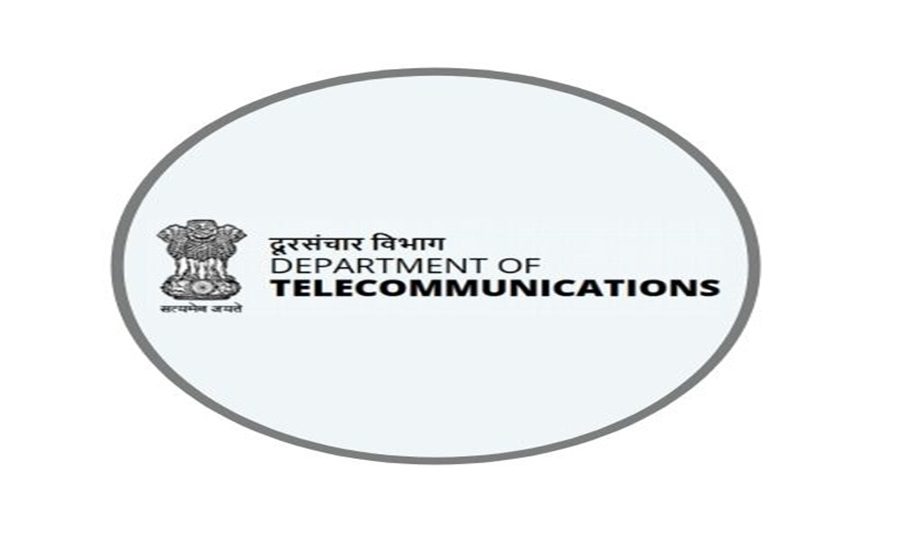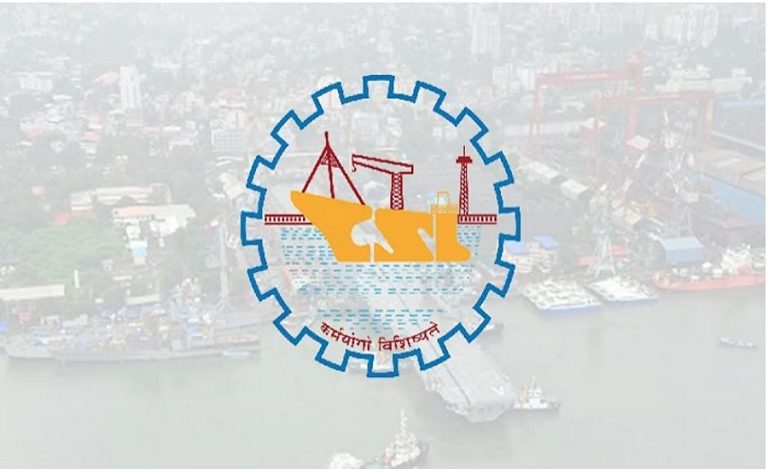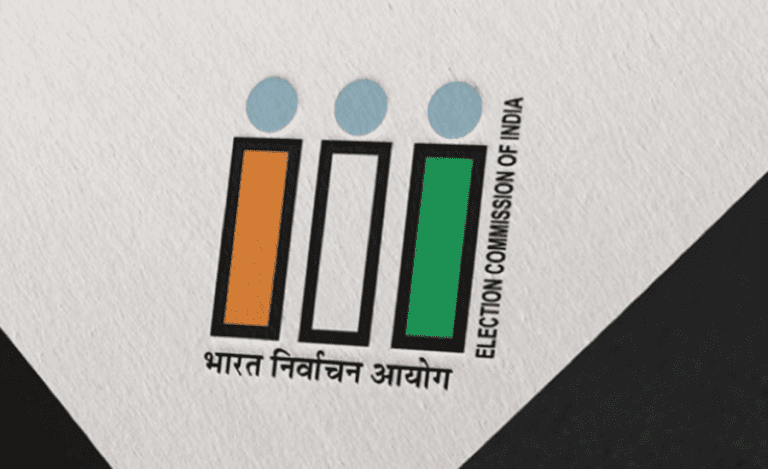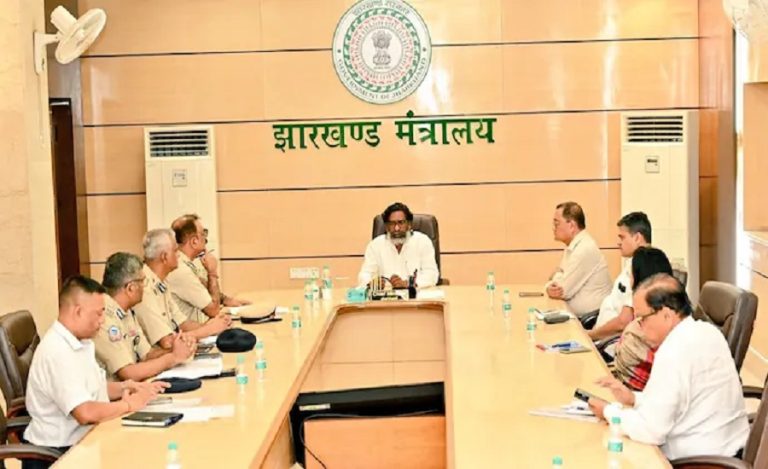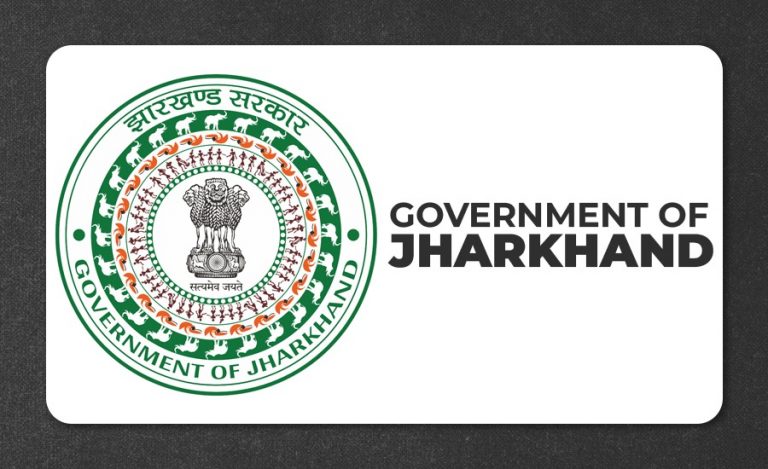New Delhi: According to the reports, DoT Approves New Framework for M2M SIM Ownership Transfer for the seamless services offerings and boosting IoT sector growth.
Background of M2M SIM Ownership Transfer
The Indian telecom ecosystem is rapidly evolving, with Machine-to-Machine (M2M) and Internet of Things (IoT) solutions becoming core across utilities, transport, logistics, smart infrastructure and more. Until now, the absence of a clear procedure for transferring the ownership of M2M SIMs (when a service provider changes or a device changes hands) meant potential service disruptions and regulatory ambiguities.
To bridge this gap, the Department of Telecommunications (DoT) under the Ministry of Communications has issued an Office Memorandum formalising the process for transfer of M2M SIM ownership between M2M Service Providers (M2M SPs)/Licencees.
Read Also: C-DOT Launches Samarth Cohort-II to Support 18 Telecom and ICT Startups with Funding and R&D Access
This move reflects India’s broader push to streamline the IoT ecosystem, support enterprise deployment of connected devices, and ensure regulatory clarity. Earlier, the Telecom Regulatory Authority of India (TRAI) had provided recommendations in April 2025 on critical M2M services and SIM transfers.
Key features of the new M2M SIM Ownership Transfer framework
1. Formal request by service user: The M2M service-user or a third-party acting on its behalf must submit a written transfer request to the existing M2M service provider (the “transferor”) specifying the SIMs in question and naming the transferee M2M SP/Licensee.
2. No-Objection Certificate (NOC) from transferor: Within 15 days of receiving the request, the transferor must issue a No Objection Certificate (NOC) to the relevant Access Service Provider(s) provided no outstanding dues exist from the user.
3. Undertaking by transferee: The new M2M SP/Licensee (transferee) must submit a formal undertaking/declaration to the Access Service Provider(s) that they accept all responsibilities, liabilities and regulatory obligations (including KYC and other guidelines) for the transferred SIMs.
4. Verification, KYC and update by Access Service Provider: The Access Service Provider (ASP) will verify the request, check NOC and undertaking, re-conduct KYC for the SIMs and then update the subscriber records to reflect the new ownership.
Read Also: TEC and IIIT Naya Raipur Sign MoU to Drive Innovation in 5G, 6G, and Future Telecom Standards
Importantly, the SIM must at all times remain mapped to a valid M2M SP/Licensee and service continuity must be maintained.
Impact & benefits of New M2M SIM Ownership Transfer Framework
Eliminates service disruption risk: Previously, changing ownership or provider often risked M2M/IoT service breaks for end-users. The new framework removes that uncertainty.
Business flexibility improved: M2M service providers can now be swapped or consolidated (merger/acquisition scenarios) without losing deployed SIMs.
Clearer regulatory compliance: The process provides documented steps (request → NOC → undertaking → verification) giving companies a compliant roadmap.
Boost to IoT ecosystem growth: By reducing operational friction, enterprises are more likely to invest in large-scale M2M deployments in sectors like smart grids, logistics, agriculture, etc.
Enhanced user protection: The framework mandates KYC, transfer transparency and continuous mapping to a service provider, safeguarding end-users and network integrity.
What businesses, service providers and end-users should know about this new framework
- If you are an enterprise using M2M SIMs (for IoT, logistics, smart utilities, remote metering, etc.), check whether your service provider change or re-organisation might involve SIM transfer — this framework now clears that route.
- M2M Service Providers and Access Service Providers must align processes: update internal request formats, ensure NOC issuance within 15 days, maintain updated KYC records, and map transferred SIMs correctly.
- Ensure documentation (user request, NOC, transferee undertaking) is retained as part of compliance audits and licensing obligations.
- For device OEMs and integrators – be aware that SIM ownership mandates now can affect lifecycle management of deployed modules — plan inventory, de-commissioning or change-overs accordingly.
- Regular users of M2M services should monitor any communications from their provider if they change service provider or ownership; service continuity must be maintained per policy.
Looking ahead — potential implications
This framework is a key building block in India’s IoT/M2M policy architecture. It aligns with earlier TRAI recommendations on defining “critical” M2M services (requiring ultra-low latency, high reliability) and providing regulation accordingly.
Way forward
- We could see further regulation on “critical” M2M/IoT services, where service classification, reliability benchmarks, and mandated certification (e.g., via MTCTE) apply.
- Evolution of digital platforms for tracking ownership transfer requests, monitoring compliance, and mapping SIMs across providers.
- Enhanced focus on KYC, security, traceability of SIMs used in mission-critical infrastructure.
- Growth in business models – With smoother transfer processes, more dynamic leasing, re-assignment and lifecycle-reuse of M2M SIMs may emerge.

